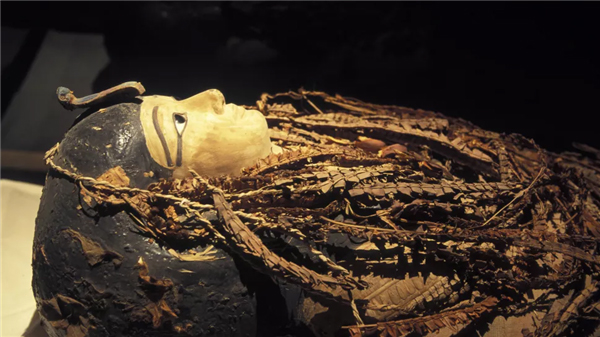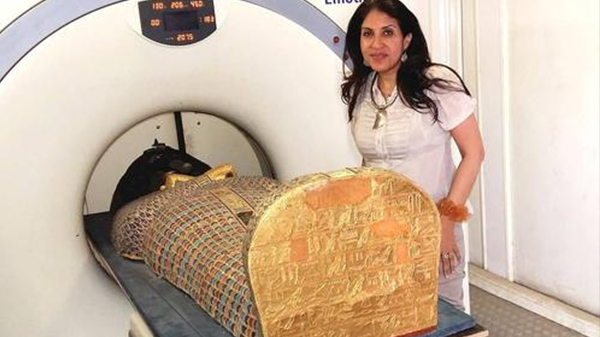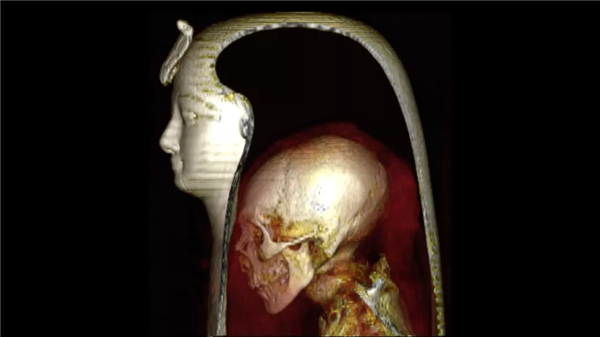Egypt's Ministry of tourism and cultural relics said on December 28 that its researchers recently used CT scanning and other technologies to 'unseal' the mummy of Pharaoh amunhotep I digitally for the first time, and released details such as its facial features.
The report points out that most ancient Egyptian pharaoh mummies have been opened or extensively studied. Amenhotep I is one of the few Royal mummies that have not been opened and carefully examined.

As for why Amenhotep I was never ready to open it, it was mainly because the external decoration of the mummy was so beautiful. The mummy's surface was decorated with beautiful wreaths, and its face and neck were covered with exquisite and realistic masks inlaid with colorful stones.
In order to study the inside of the mummy without destroying its appearance, 3000 years later, research experts put forward the digital method of 'CT scanning' to reconstruct the true face of the Pharaoh 3000 years ago.

The scan found that Amenhotep I was about 168 cm tall, had good teeth and had been circumcised. His appearance is very similar to that of his father, with narrow chin and nose, curly hair and slightly prominent upper teeth. In addition, the researchers also found 30 amulets and a very unique gold belt. The researchers said that CT images also revealed the degree of injury of amunhotep I mummy. There was a fracture in the neck and was beheaded, a large piece of the anterior abdominal wall was missing, and the limbs were separated from the body. After being seriously damaged, his descendants put his detached limbs back in place, fixed them with resin and re bandaged them with new bandages.
Three dimensional scanning can reproduce the true face of the Pharaoh without destroying the appearance of the mummy, with clear details and complete scanning data, which has made a great contribution to future research.
